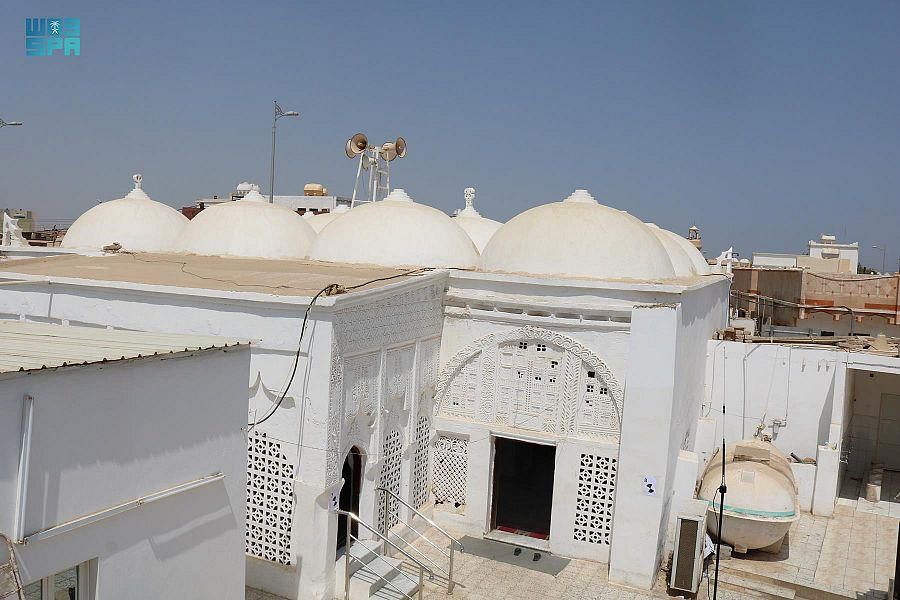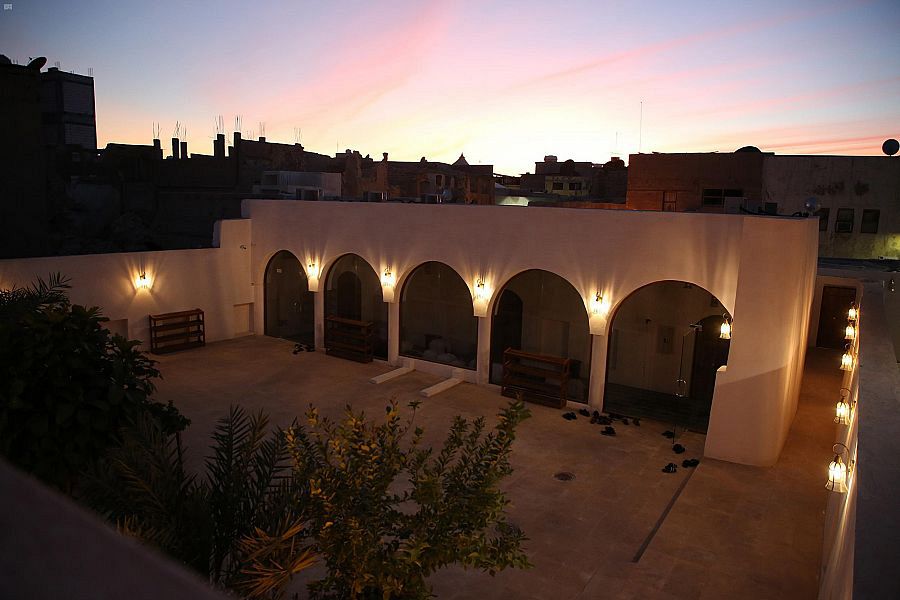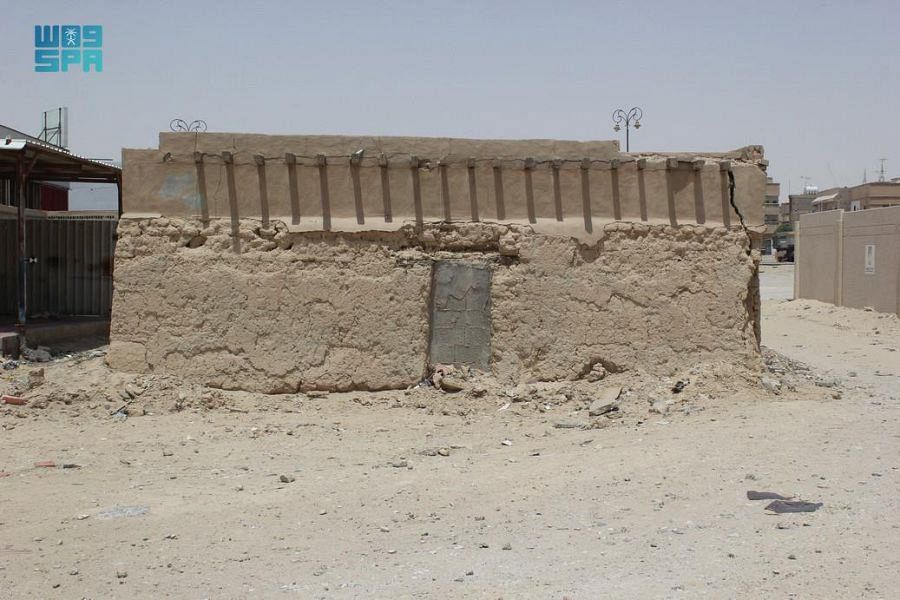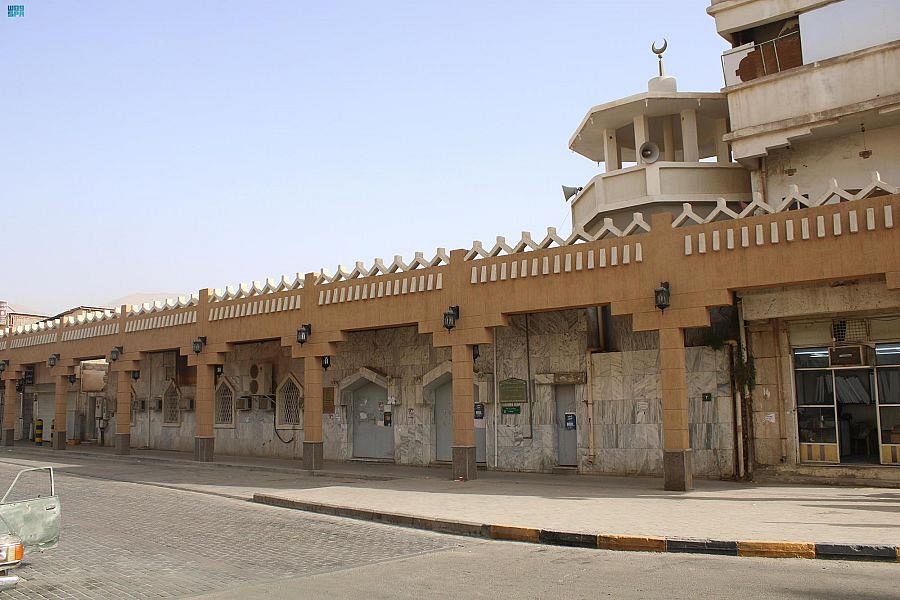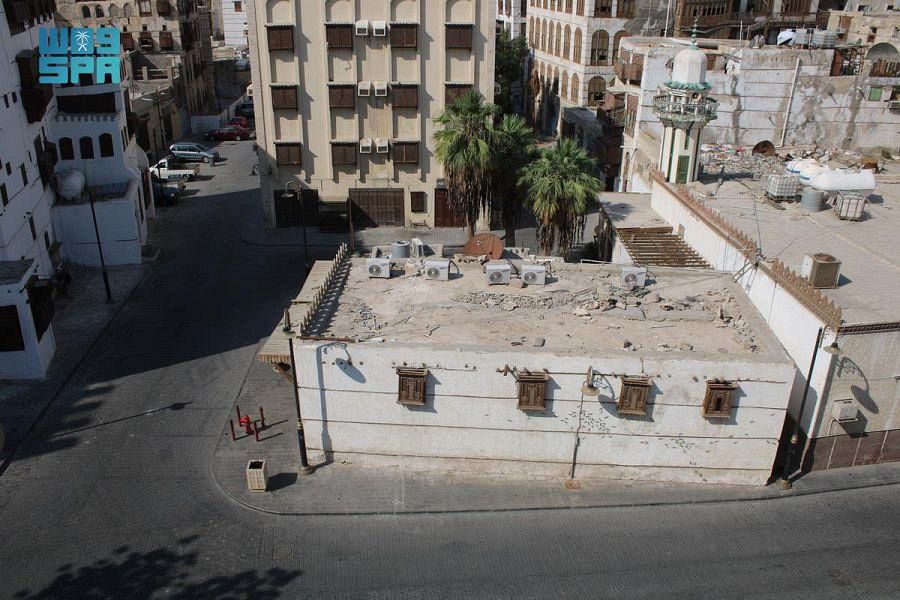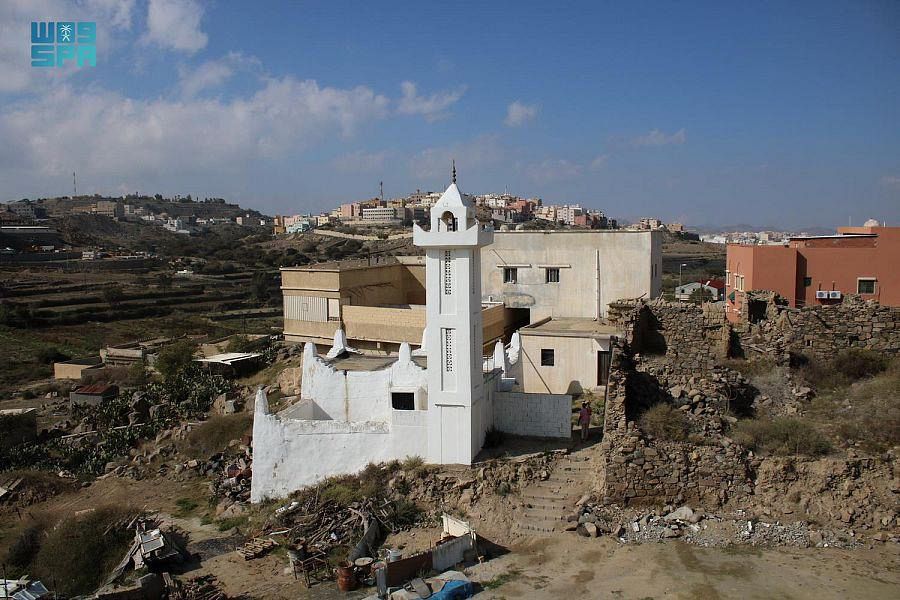
Riyadh, September 01, 2022, SPA -- Emanating from the importance of historical mosques in the Islamic religion, and emphasizing their importance and their religious, cultural, social and architectural value, the second phase of Prince Mohammed bin Salman’s project to develop historical mosques contributes to preserving the historical aspects of the old mosques in the Asir region.
The project works on reconstructing and renovating the mosques in the region, restoring their heritage identity in all its details, rehabilitating them to put them back in service as houses of worship, through a series of stages that start with the preparation of rehabilitation and development studies through which the current status of the mosque is assessed and analyzed, and then moving to the restoration stage, which includes improving the original architecture of the mosques and restoring the spaces and architectural details; and enhancing the visual features of the mosque from the inside and outside.
Among the mosques to be restored is the Al-Hawza Mosque, which is one of the most prominent historical mosques that the project aims to rehabilitate, due to its Islamic background and its connection with Islamic history.
The Al-Hawza Mosque is located in the middle of the heritage district of Dhahran Al-Janoub governorate in Asir region, and was subject to an expansion process in 1213 AH by the local villagers, and was expanded again during the reign of Late King Abdul Aziz.
It is one of the old mosques where prayers have been held since its construction until today, and its area before and after restoration is 293 m², while its capacity will increase after restoration from 100 to 148.
In the east of the village of Al-Masqi, located 32 km south of Abha, the old Al-Masqi mosque, which was built between the years 73-75 AH, and the date of its construction was reliably recorded on a tablet, before it was lost during the reconstruction of the mosque in 1395 AH.
In 1397 AH, the building of the mosque was completely restored, which is the current building, and people used to visit it from the neighboring villages. The mosque's area after restoration will be 405.72 m² with a capacity to host 156 people.
The Asir mosques located on the Hajj route are part of the project, where the development extends to Al-Hosn Mosque, which is one of the mosques intended for residents of neighboring villages and pilgrims to Makkah. It was built in 1173.
Al-Hosn Mosque was distinguished during the past centuries by the fact that it contained a room called “Al-Manzalah”, which was used to host passers-by, in addition to being used to imprison outlaws, the total area of the mosque before and after the restoration will be 134.18 m², with a capacity for 134 worshippers.
The project aims to restore and rehabilitate 130 historical mosques in all regions of the Kingdom, with 30 mosques of historical heritage will be included in the second stage.
--SPA
16:02 LOCAL TIME 13:02 GMT
0015
www.spa.gov.sa/w1779786




